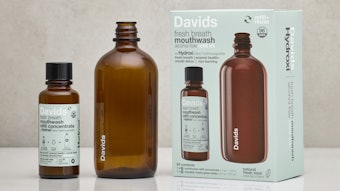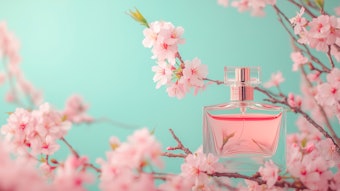Having a broad palette today is still a need. Despite the banning of some raw materials, we can find newcomers ...Technical applications show more and more complexity and therefore oblige us to dig up different raw materials coming from other applications.
Even as the fragrance industry addresses the recent European Union Scientific Committee on Consumer Safety (SCCS) opinion, which threatens the use of certain perfumery ingredients, New York’s Museum of Arts and Design has unveiled “The Art of Scent 1889–2012,” a historical survey of key fragrances that highlight the creative and ingredient innovations which have shaped perfumery over the past century (Page 36)a. The exhibition represents a unique foray into the formal appreciation of perfumery, its creative talents and its ingredients. The presentation and impending EU actions led P&F to begin a series of dialogues with perfumers to learn more about their favorite ingredients, their effects and what a broad palette means for these creative and technical professionals.
“Mintonat, Ambrocenide, Ambroxide, Cashmeran, damascones— I love them all,” says Symrise perfumer Pierre Kurzenneb. “I love Mintonat for its great modern role in freshness; [it] pushes the fragrance’s own freshness, especially the citrus notes, whether they are natural or [synthetic]. I love Ambrocenide for its tremendous performance and great woody enhance[ment]. Beside typical woody cedarwoodlike notes, Ambrocenide, used in adapted quantities, can improve a wide range of olfactory families from a citrus grapefruit blend to musky ones and has very good resonance with violet accords. I love Cashmeran for its multiple facets, musky and unique woody character; Ambroxide, because it’s the best example of softness and richness that all fragrances need; and damascones because no other raw material gives the opportunity to finish the fragrance character and used [so] widely.”










